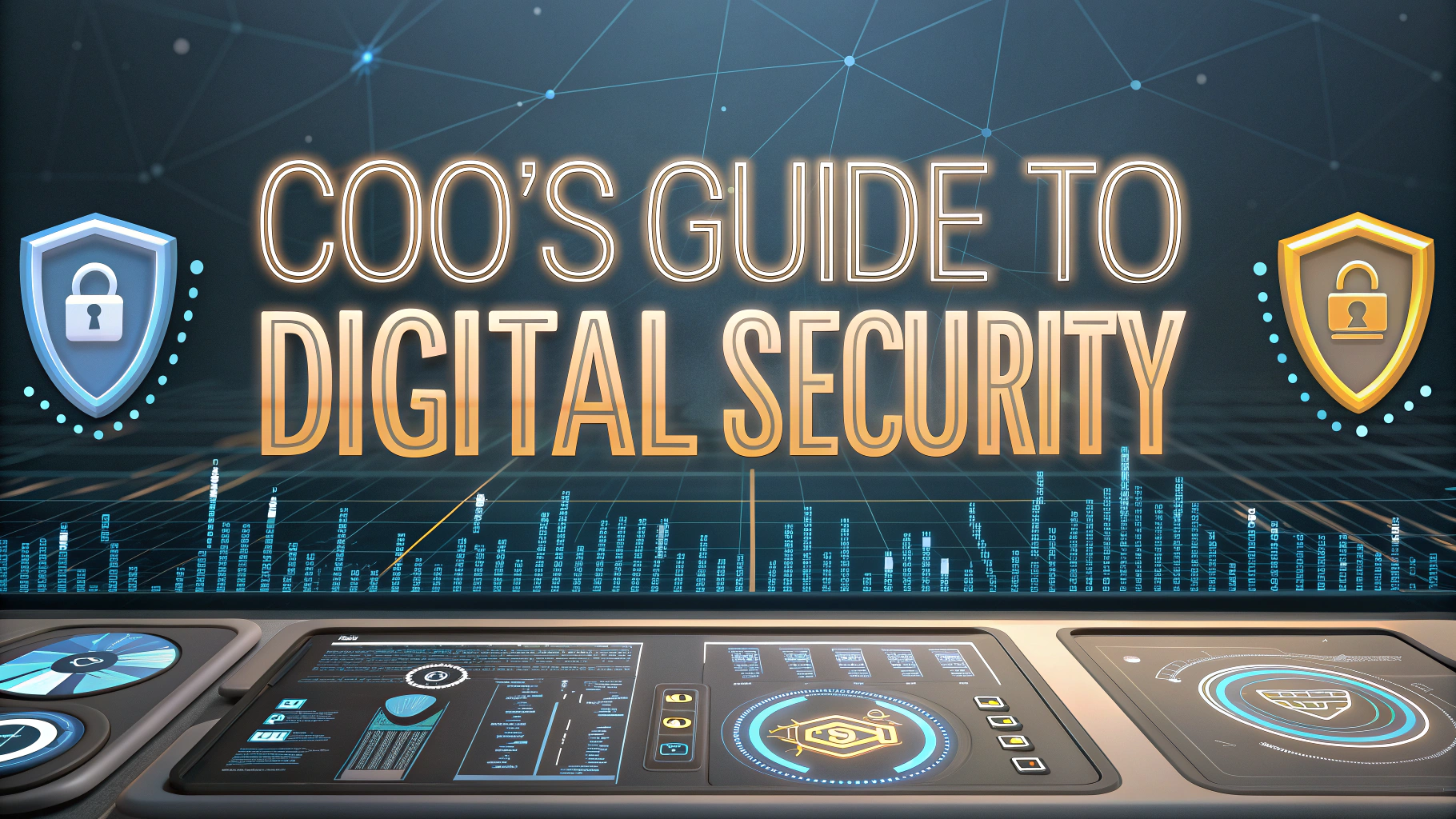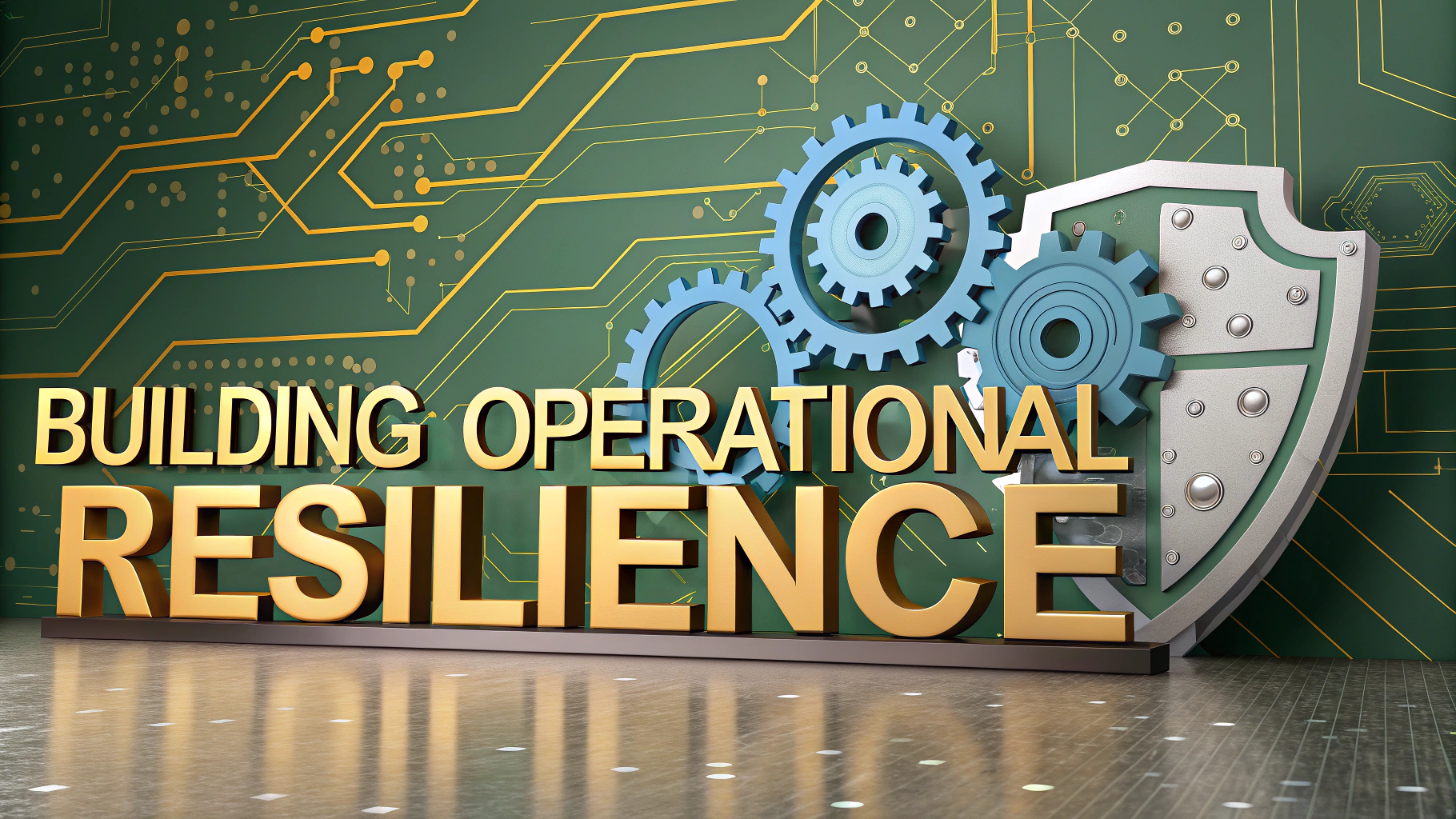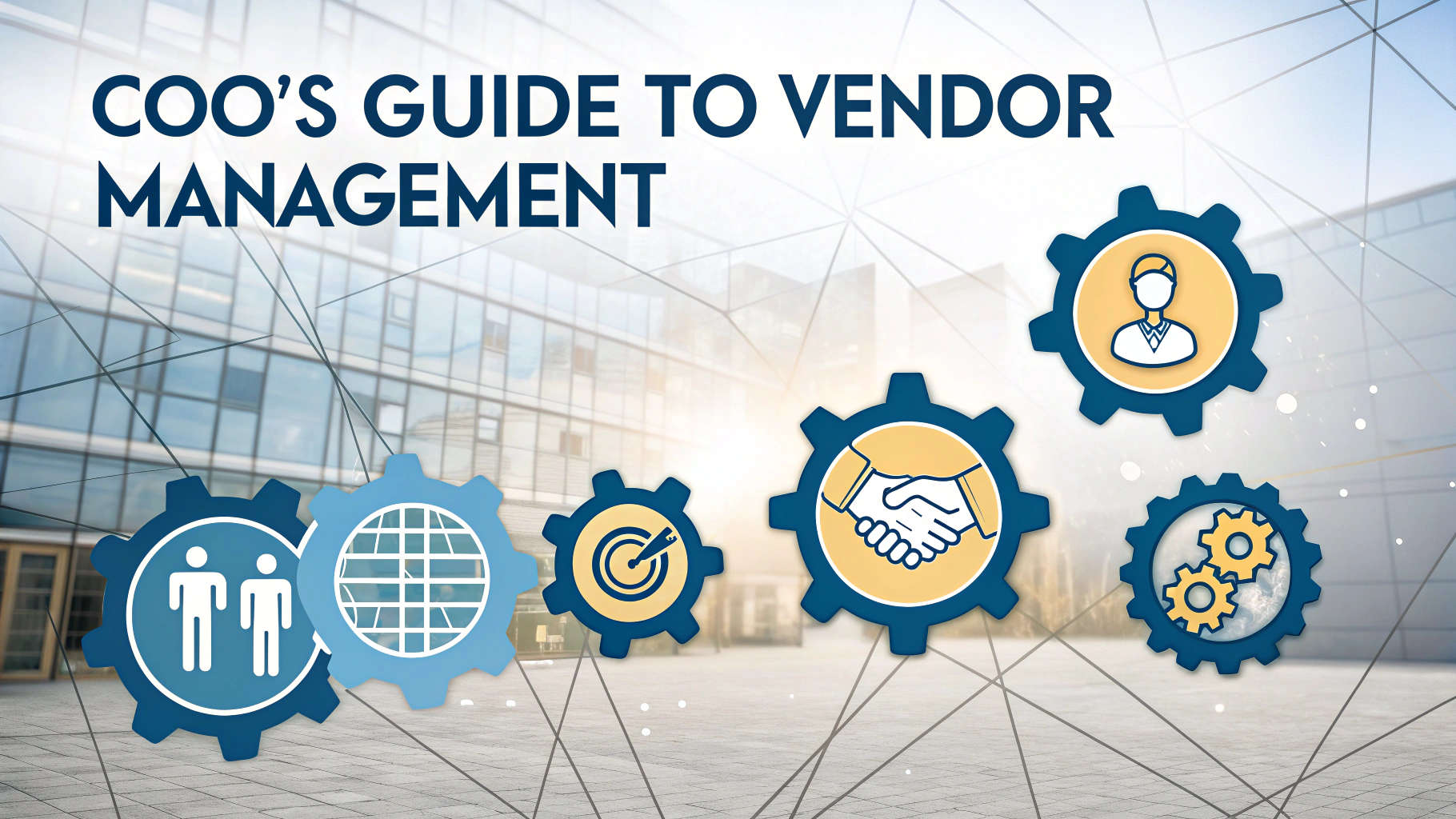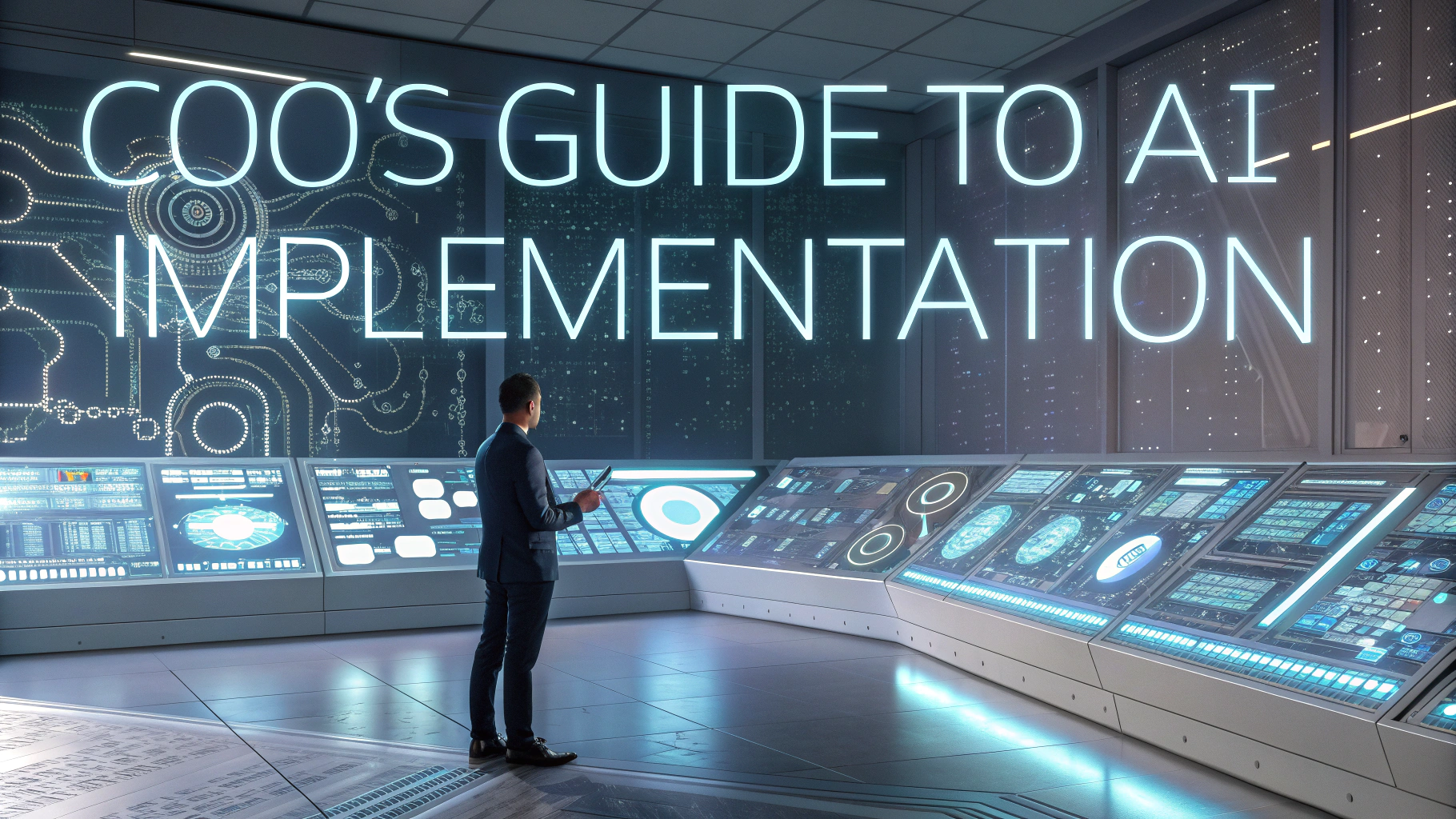COOs face unique challenges during organizational crises that test their leadership abilities and strategic thinking.
This guide examines real-world case studies of how chief operating officers have successfully navigated through various crisis situations, providing practical insights and actionable strategies.
Understanding these examples helps current and aspiring COOs develop robust crisis management frameworks while building resilience within their organizations.
Financial Crisis Response: Lehman Brothers Case Study
Bart McDade, who served as COO of Lehman Brothers during the 2008 financial crisis, demonstrated the importance of transparent communication during extreme market volatility.
- Implemented daily stakeholder briefings
- Created cross-functional crisis teams
- Developed contingency plans for various scenarios
Supply Chain Disruption: Nike’s COVID-19 Response
Andy Campion, Nike’s COO, orchestrated a successful pivot during global supply chain disruptions in 2020.
- Accelerated digital transformation initiatives
- Restructured supplier relationships
- Enhanced inventory management systems
Operational Crisis: Boeing 737 MAX Case Study
Boeing’s COO dealt with both technical and reputational challenges following the 737 MAX crisis.
| Challenge | Action Taken | Result |
|---|---|---|
| Safety concerns | Complete system review | Enhanced safety protocols |
| Public trust | Transparency initiative | Gradual trust restoration |
Natural Disaster Response: Walmart Case Study
Walmart’s COO John Furner demonstrated effective crisis leadership during Hurricane Katrina.
- Mobilized emergency response teams
- Coordinated with local authorities
- Maintained essential supply chains
Key Crisis Leadership Strategies
Quick Response Protocol:
- Establish command centers within 1 hour
- Activate emergency communication channels
- Deploy rapid response teams
Stakeholder Management:
- Regular updates to board members
- Employee communication protocols
- Media relations strategy
Building Crisis-Ready Organizations
Effective COOs implement these preventive measures:
- Regular crisis simulation exercises
- Updated emergency response plans
- Cross-functional team training
- Risk assessment protocols
Resources for Crisis Leadership
Professional development resources for COOs:
- Crisis Management Institute: www.crisismanagementinstitute.org
- COO Forum: www.cooforum.org
- Emergency Management Certification Program: www.iaem.org
Moving Forward: Strengthening Leadership Capabilities
COOs can strengthen their crisis leadership capabilities through continuous learning, relationship building, and regular crisis preparation exercises.
Technology Integration in Crisis Management
Modern COOs leverage technology solutions to enhance crisis response capabilities:
- AI-powered risk detection systems
- Real-time data analytics dashboards
- Cloud-based crisis management platforms
- Digital communication tools
Global Crisis Coordination
International Response Framework
- Multi-regional command centers
- Cultural sensitivity protocols
- 24/7 global monitoring systems
Cross-Border Collaboration
- International stakeholder alignment
- Regulatory compliance tracking
- Global resource allocation
Mental Health and Wellness During Crisis
Successful COOs prioritize organizational wellness during crises:
- Employee support programs
- Stress management resources
- Work-life balance initiatives
- Mental health counseling access
Future-Proofing Crisis Response
Essential elements for sustainable crisis management:
| Area | Strategy | Implementation |
|---|---|---|
| Technology | Digital transformation | Continuous upgrades |
| Training | Regular simulations | Quarterly drills |
| Innovation | Adaptive planning | Flexible frameworks |
Shaping Tomorrow’s Crisis-Ready Leadership
The evolving role of COOs in crisis management requires continuous adaptation and strategic foresight. Success depends on building resilient systems, fostering strong relationships, and maintaining agile response capabilities. Through proactive preparation and learned experiences, COOs can create robust frameworks that withstand future challenges while enabling organizational growth and stability.
- Embrace technological innovation
- Foster collaborative leadership
- Maintain adaptable strategies
- Build sustainable crisis infrastructure
FAQs
- What are the key responsibilities of a COO during a crisis?
A COO must maintain operational continuity, implement emergency response protocols, coordinate cross-functional teams, manage resource allocation, ensure clear communication channels, and support the CEO in strategic decision-making during crisis situations. - How should a COO develop an effective crisis management plan?
A crisis management plan should include risk assessment, clear chain of command, emergency response procedures, communication protocols, resource allocation strategies, stakeholder management guidelines, and regular testing and updating of the plan. - What communication strategies should COOs employ during a crisis?
COOs should establish transparent communication channels, provide regular updates to stakeholders, ensure consistency in messaging, maintain open lines with employees, implement feedback mechanisms, and coordinate with PR teams for external communications. - How can COOs maintain business continuity during crisis situations?
By implementing backup operational procedures, ensuring critical functions remain operational, establishing remote work capabilities, maintaining supply chain relationships, protecting core business assets, and developing contingency plans for various scenarios. - What role does data analysis play in crisis leadership for COOs?
Data analysis helps COOs make informed decisions by tracking key performance indicators, monitoring crisis impact, identifying emerging patterns, assessing resource needs, measuring response effectiveness, and predicting potential outcomes. - How should COOs manage team morale and mental health during a crisis?
COOs should provide emotional support, implement wellness programs, ensure work-life balance, maintain regular check-ins, offer professional counseling resources, and recognize employee efforts during difficult times. - What are the key financial considerations for COOs during crisis management?
COOs must focus on cash flow management, cost containment strategies, emergency funding sources, budget reallocation, financial risk assessment, and maintaining relationships with key financial stakeholders. - How can COOs effectively coordinate with external stakeholders during a crisis?
By maintaining regular communication with suppliers, customers, and partners, establishing emergency contact protocols, managing contractual obligations, coordinating with regulatory bodies, and ensuring transparent information sharing. - What lessons can be learned from historical crisis management case studies?
Key lessons include the importance of quick decision-making, transparent communication, flexible leadership approaches, strong stakeholder relationships, comprehensive preparedness, and the value of post-crisis analysis and learning. - How do COOs measure the effectiveness of crisis response strategies?
Through monitoring key performance indicators, analyzing response times, measuring stakeholder satisfaction, assessing financial impact, evaluating team performance, and conducting post-crisis reviews.







